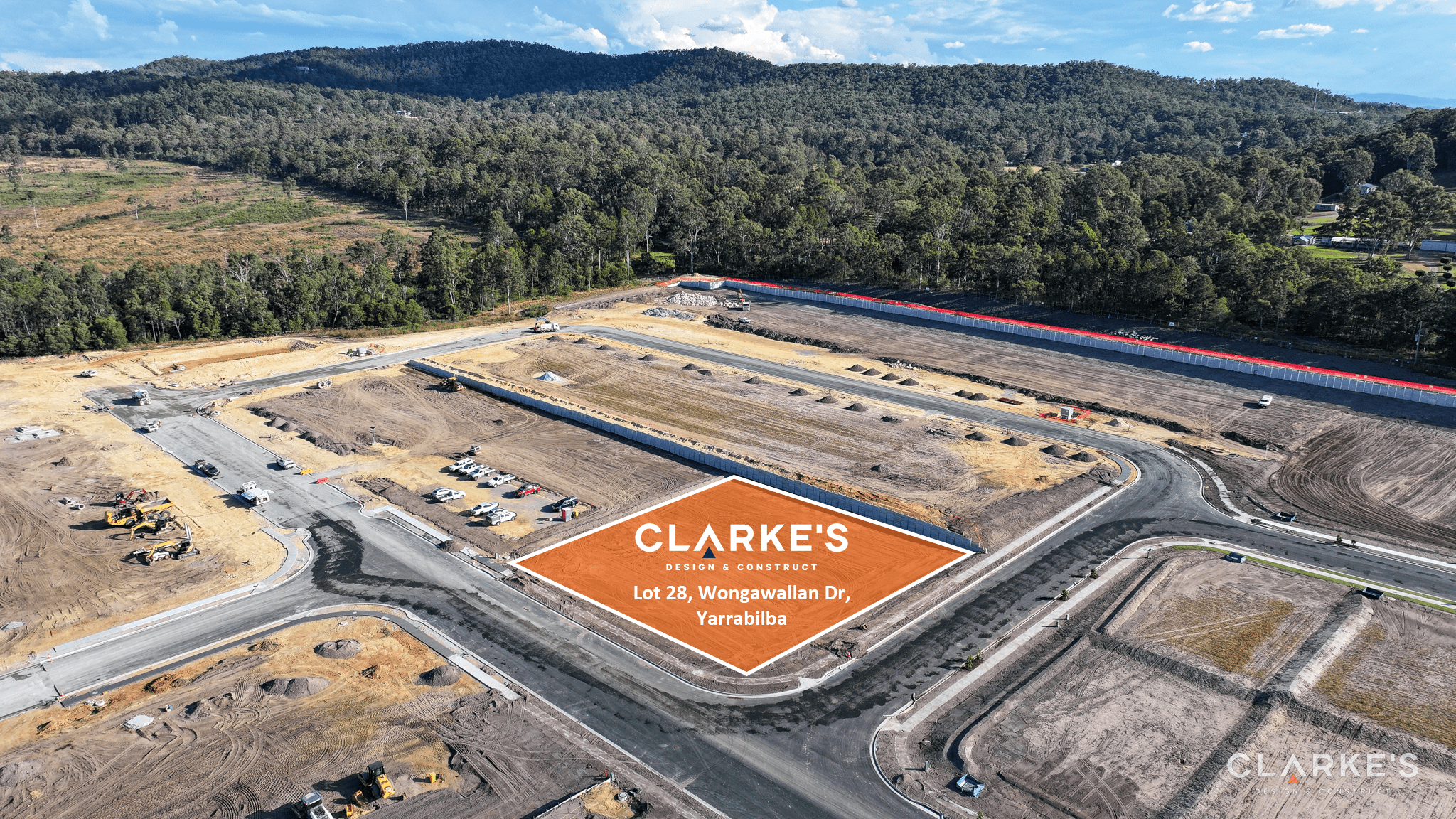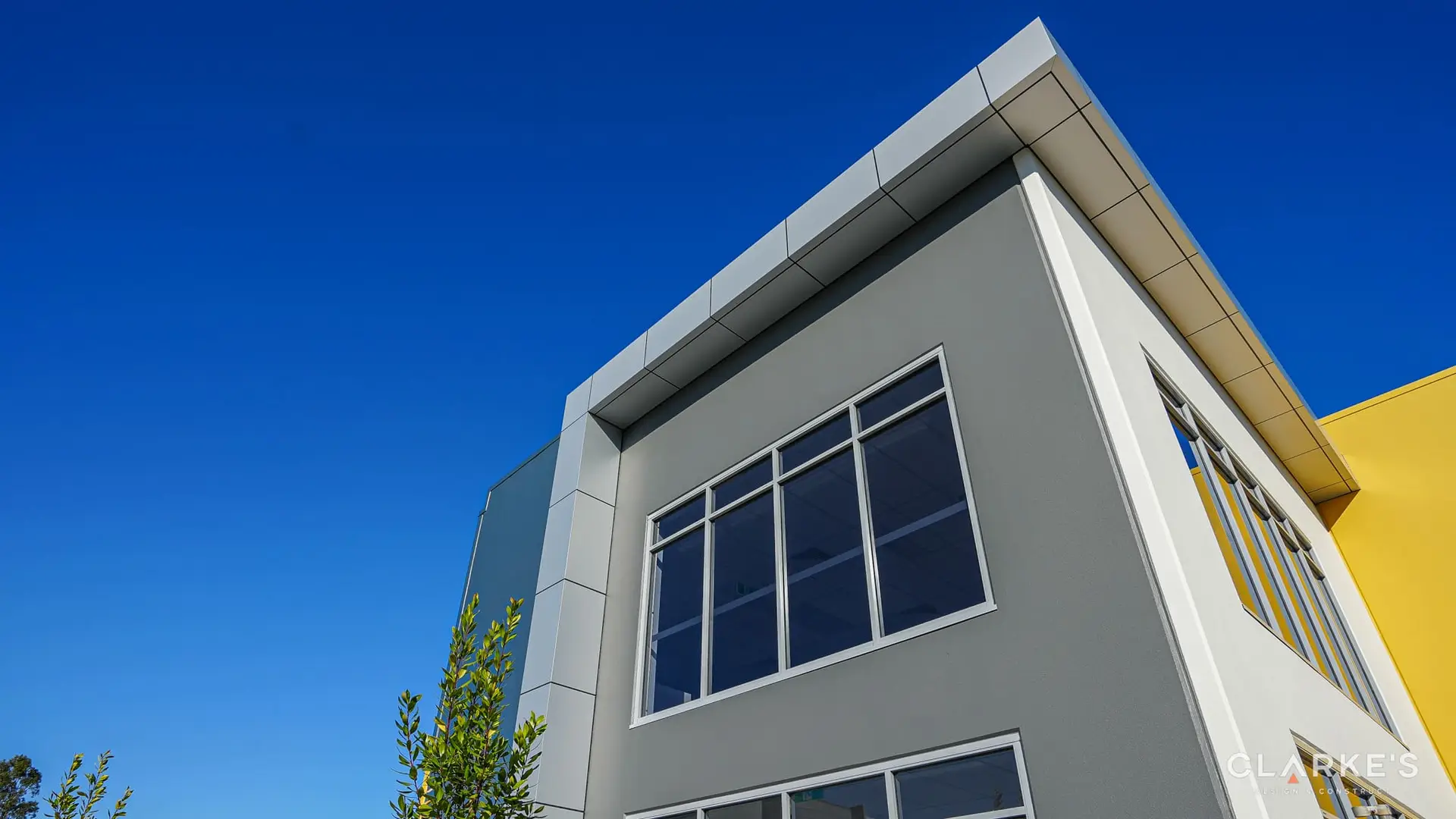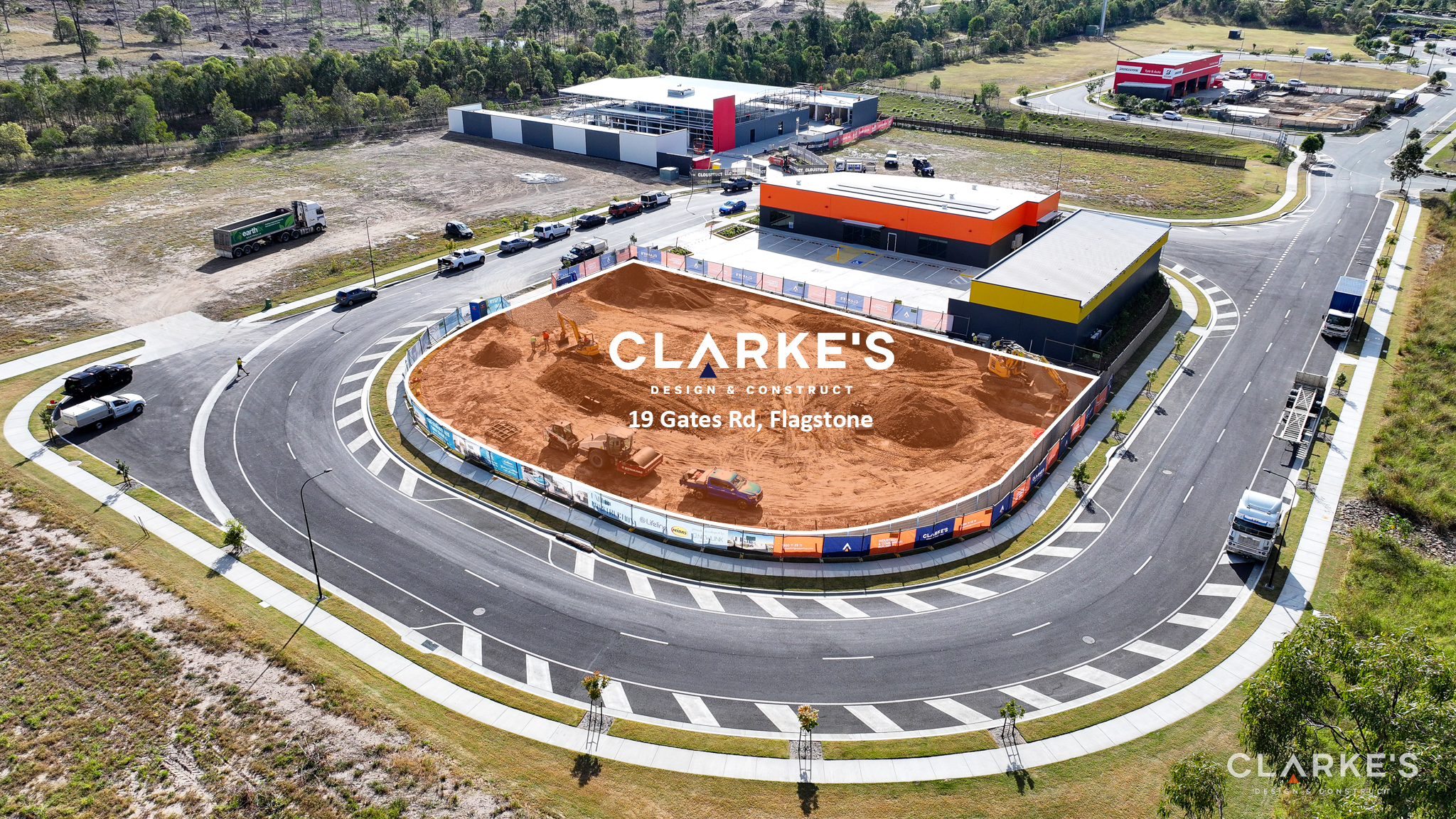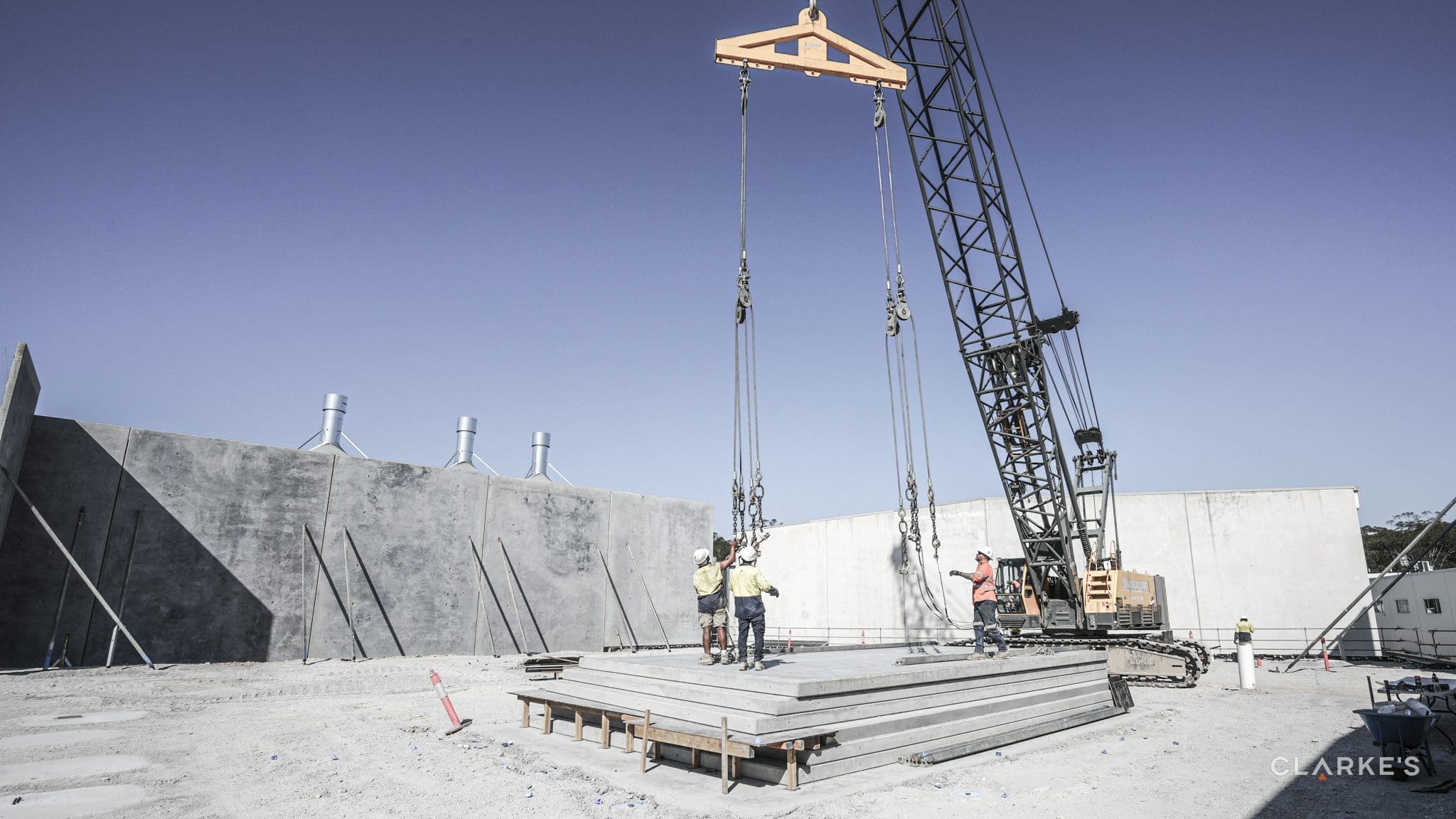When you’re investing in a commercial or industrial building, of course maximising your return on investment is forefront in your mind. After all, this is going to result in more profit in your pockets at the end of the day. The question is, how do you do it?
There are a number of ways to maximise a development’s return on investment. Bringing down your building costs is a great place to start. We’d advise against things like cutting corners and using poor quality building materials as these are going to end up costing you more in the long run. But there are plenty of other ways you can effectively bring down costs.
1. Utilise the natural contours of your block
Not every block of land is perfectly square and entirely useable. Plus, the council may also have building boundaries that restrict where you can build on a block. So, part of maximising your return on investment involves building for the block and keeping development codes and planning regulations in mind along the way.
In some cases, maximising your return on investment will involve using as much of the buildable land as possible but in others it might be advisable to reduce the building size. It will depend on whether there is a clear correlation between size and rental capacity or not.
2. Knowing the market
Understanding the market you will be investing into seems like a no brainer, however, getting this right is essential for maximising your return. Something as simple as a site visit can provide substantial information on competitors who may exist in the area and may show types of stock that already exist but aren’t selling well. A simple tip is to call the real estate agents who work the area and get background information on what has sold well in the past. You could also ask them to suggest what would sell well for your particular site. The information you receive from these two simple tasks will give you confidence in moving forward with your development.
3. Simple design can reduce expenditure
There’s a reason why residential housing developments contain homes that often look exactly the same. Keeping it simple reduces the costs and this, of course, maximises return on investment. Opting for a simpler design will help to keep costs under control. It will also mean getting your keys sooner as construction time is minimised. Meaning, you can start earning money back quicker too.
4. Avoid working with builders who slip in extra costs
It’s fairly standard practice in the building industry for contractors to give an estimate at the beginning of a job that’s more palatable for the client only to slip in variations along the way that add thousands of dollars. If you work with someone who operates like this, it can be hard to on top of what you’re spending, let alone know if you’re staying on budget. So, to maximise your return on investment, work with a builder who is dedicated to providing you with a fixed price lump sum contract.
5. Go with a builder who does everything in house
Working with multiple contractors is not only time-consuming, it can also add thousands to your bill. When you can work with a company who takes control of the process from the outset and handles everything from planning and building design to material selection and construction, you’re only paying the one bill. For us, keeping all contractors under the one roof not only means we have a better ability to control the quality of every aspect of the build, it also means we can pass on the savings of not having to sub-contract to you.









